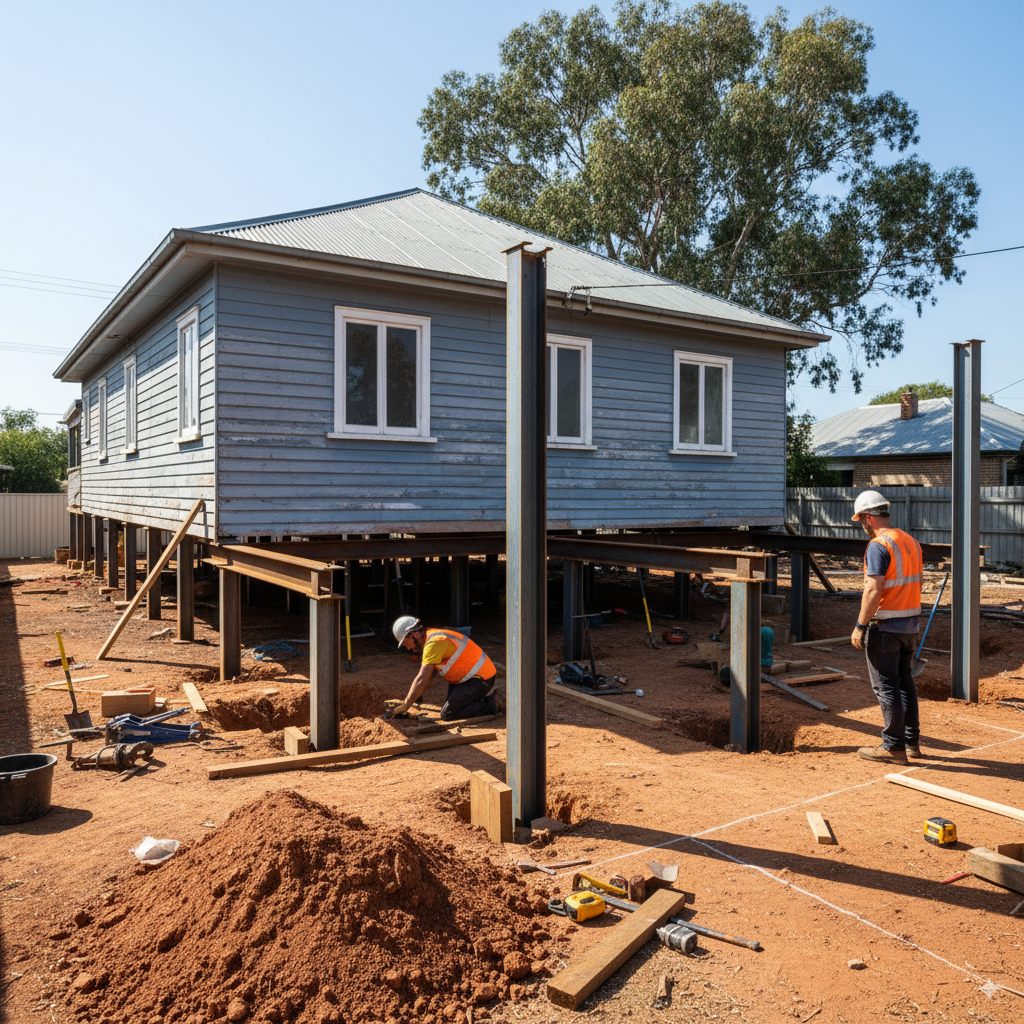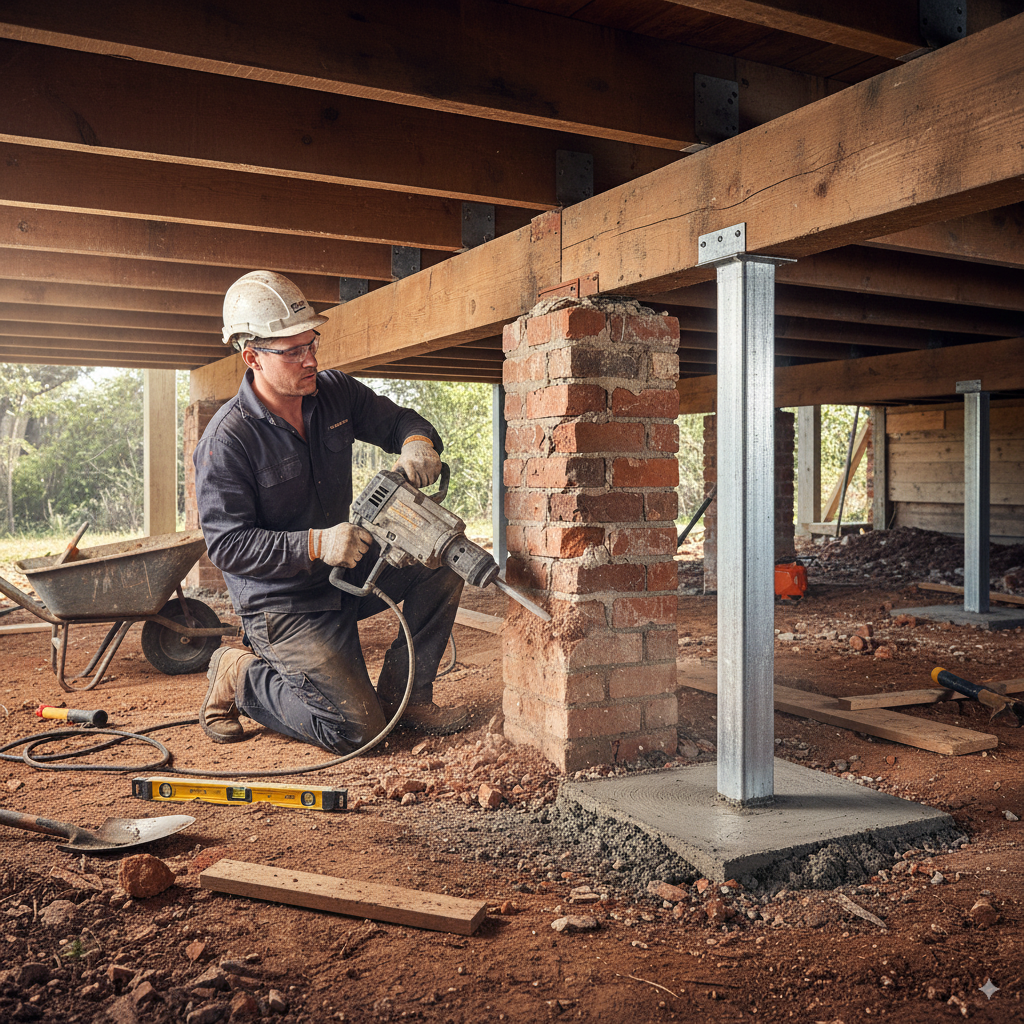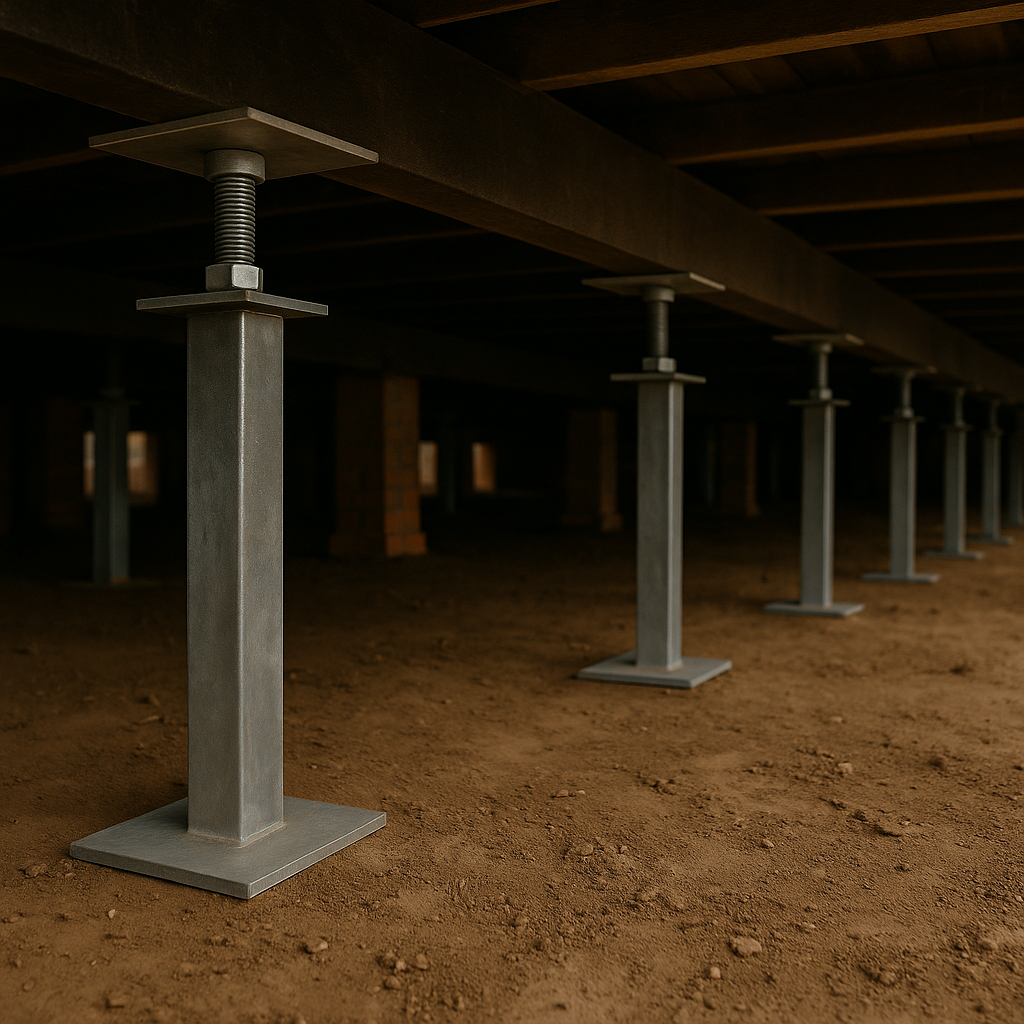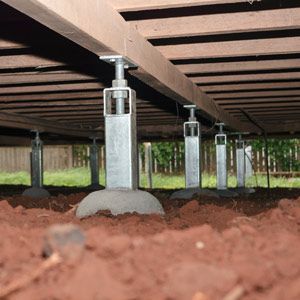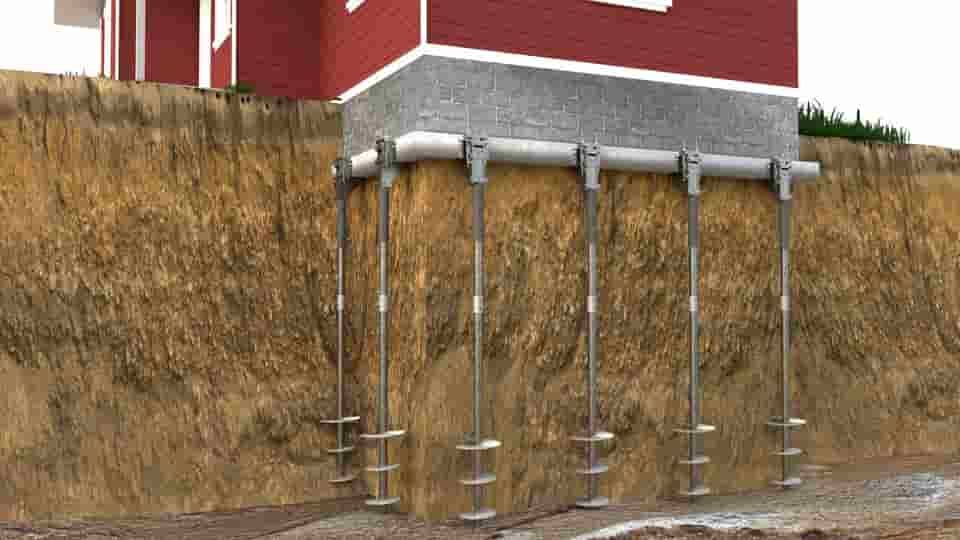Can Relevelling Damage My Home’s Structure or Walls?
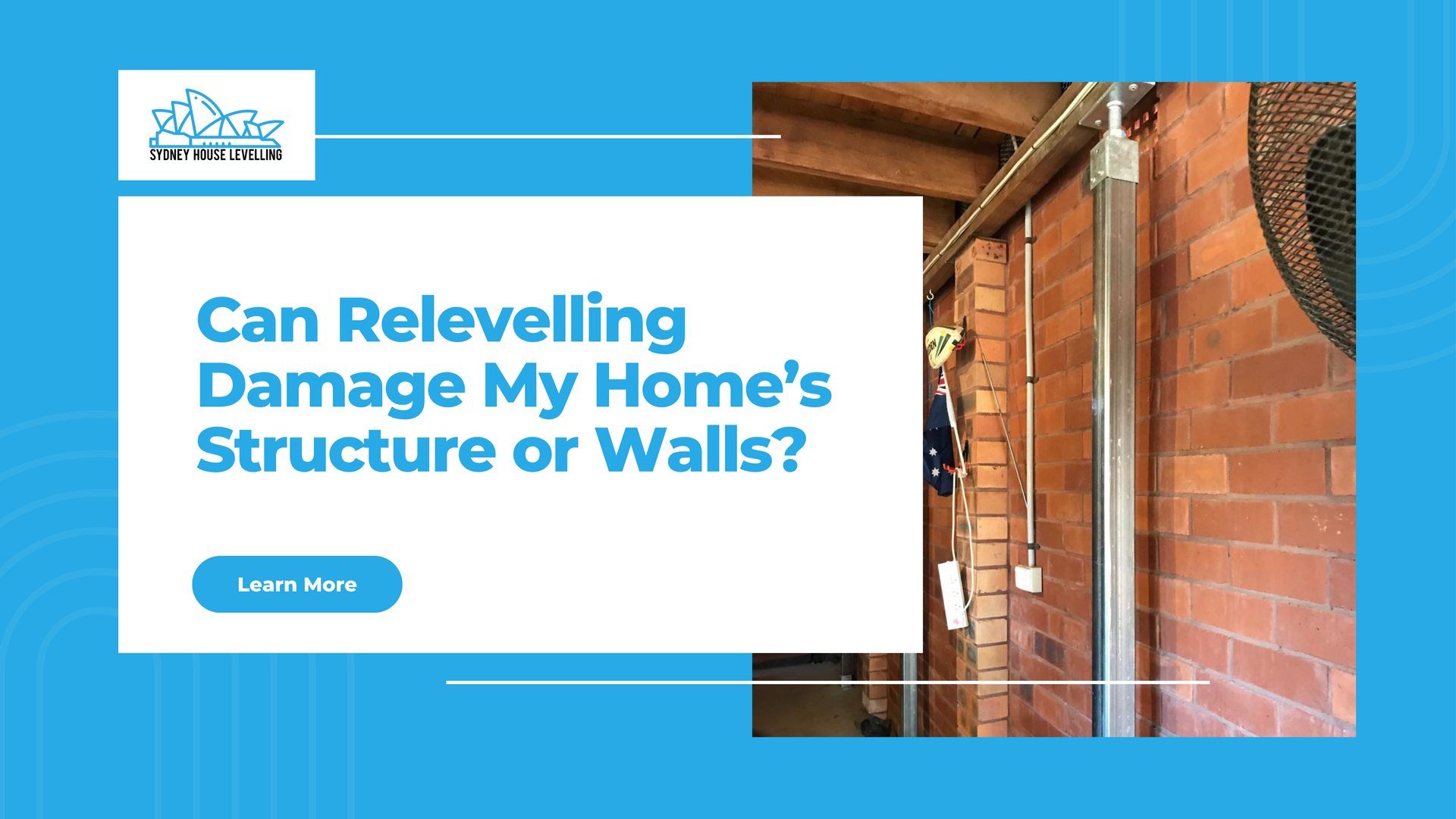
Can Relevelling Damage My Home’s Structure or Walls?
If your floors are sloping, doors aren’t closing properly, or cracks are forming in the walls, you might be looking into house relevelling . But one common question we get from Sydney homeowners is this: “Can relevelling make things worse?”
It’s a fair concern. After all, the process involves lifting and adjusting parts of your home. The short answer is — if it’s done properly, no. In fact, it’s one of the best ways to protect your home from long-term structural issues. But if it’s done carelessly or without the right planning, there is some risk of minor cosmetic damage.
Here’s everything you should know before you book a relevelling job .
What Happens During Relevelling?
Relevelling is the process of lifting and resetting the structure of your home so that it returns to its original, even position. It’s usually needed when stumps sink, foundations settle, or the soil beneath shifts over time.
The process can involve:
- Jacking up the house in sections
- Replacing old or damaged stumps
- Installing new piers or underpinnings
- Floor levelling for surface adjustment
When done by an experienced team, the work is controlled and precise — designed to prevent further structural issues, not cause them.
Can It Cause Cracks or Damage?
In some cases, yes — but it’s usually minor and manageable. Here’s what might happen during or after structural levelling :
- Hairline cracks may appear in plaster or cornices as the home shifts back into position
- Doors or windows might need adjustment once levels are corrected
- In older homes, rigid wall finishes like tiles or decorative mouldings may shift slightly
These are not signs of damage from the levelling process — they’re simply the home adjusting to its new (and correct) level. Most cosmetic issues can be patched and painted once the structure settles.
How to Minimise Risk
The key to a smooth job is working with a team that understands how your type of home responds to lifting. At Sydney House Leveling, we use step-by-step jacking to gradually lift and stabilise homes — especially when working on older weatherboards or full-brick properties.
Here’s what we do to reduce the chance of damage:
- Lift slowly and evenly across the structure
- Check for existing cracks and stress points before starting
- Use steel or concrete supports to provide long-term strength
- Communicate with you throughout the process if we notice any signs of movement or concern
What If Damage Has Already Happened?
If your home already has damage from years of movement — like deep cracks, jammed doors, or gaps in the flooring — house relevelling can actually help prevent further issues.
Once the home is stable again, most structural and cosmetic repairs (like crack stitching, repointing, or floor resurfacing) will last longer and hold up better — because the underlying problem has been fixed.
When to Expect Cosmetic Settling
It’s normal for a home to “settle” after levelling. You might notice:
- Minor new cracks as walls adjust to pressure
- Slight movement in older fixtures
- Doors or cabinetry needing small re-alignments
This usually happens within the first few weeks after the job and is easily managed. We always recommend waiting a short period before patching or repainting to allow the structure to stabilise fully.
Need Peace of Mind? We’ve Got You Covered
At Sydney House Leveling, we take pride in our attention to detail, communication, and long-term results. Our goal is always to protect your home — not disrupt it.
We offer:
- Free inspections and level checks
- Detailed quotes and timelines
- Ongoing support after the job
Or book online at sydneyhouselevelling.com.au
Let’s get your home back to level — safely, carefully, and without the stress.

